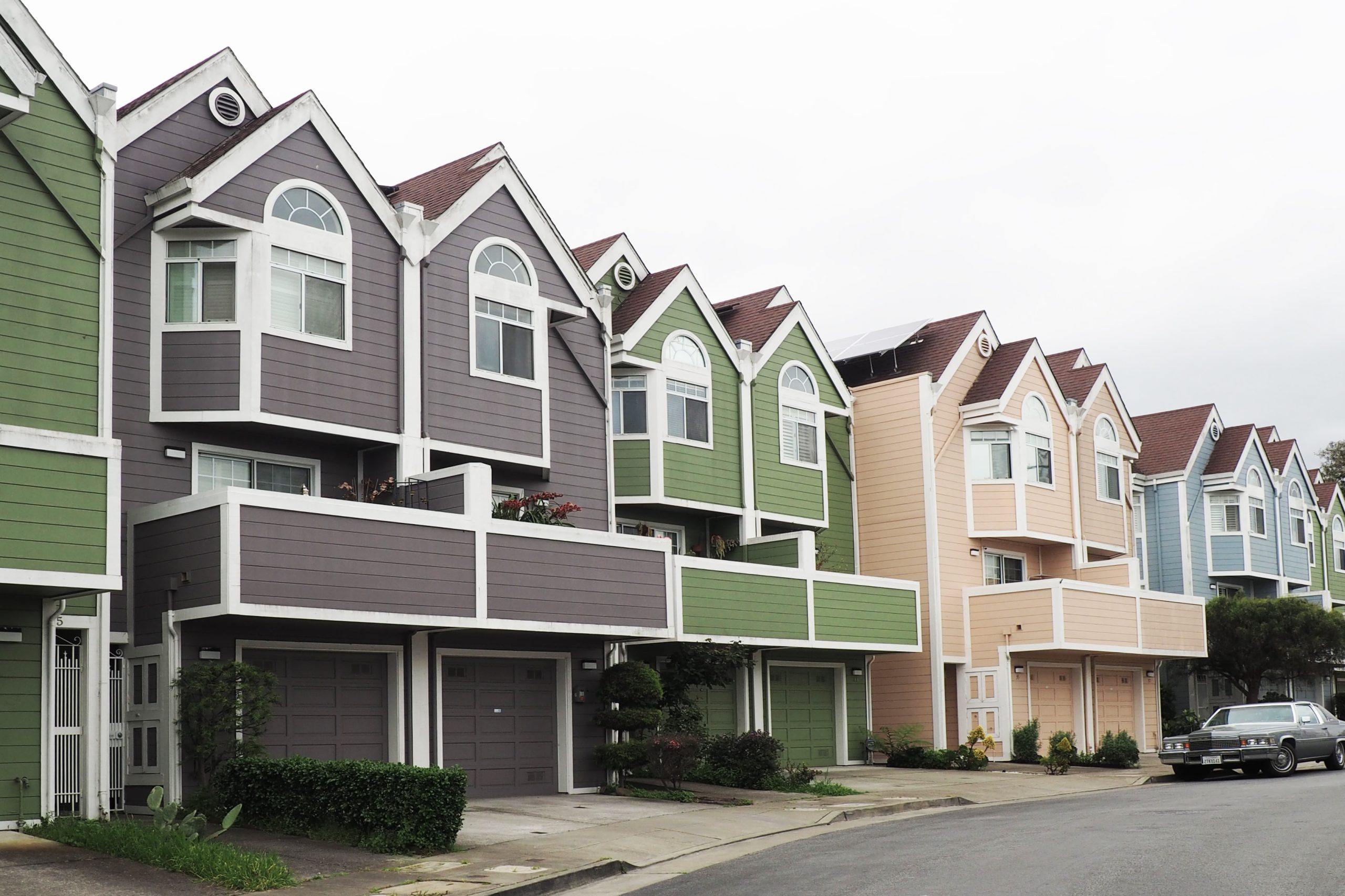In recent years, the global push for sustainable living has gained tremendous momentum, leading to a transformative shift in various industries. One sector that has embraced this change is real estate, where eco-friendly trends are emerging as a vital component of modern architecture and urban development. As concerns about climate change and environmental degradation continue to grow, developers, architects, and homeowners are increasingly embracing sustainable practices to create greener, more eco-friendly living spaces. This article explores the rise of sustainable living in the real estate industry, highlighting key trends and initiatives that are shaping the future of housing.
Eco-Friendly Building Materials:
The first step toward creating sustainable living spaces lies in the choice of building materials. Traditional construction materials, such as concrete and steel, are known for their high carbon footprint and significant energy consumption during production. However, an array of eco-friendly alternatives is gaining popularity. For instance, sustainable building materials like recycled steel, bamboo, reclaimed wood, and aerated concrete are being used in innovative ways to construct energy-efficient and environmentally friendly homes. These materials not only reduce carbon emissions but also minimize waste and promote sustainable forest management.
Energy-Efficient Design:
Sustainable real estate also focuses on energy efficiency, seeking to minimize energy consumption and reduce reliance on non-renewable sources. Architects are incorporating various design elements to achieve this, including passive solar design, effective insulation, and energy-efficient appliances. Additionally, the integration of renewable energy sources, such as solar panels and wind turbines, is becoming increasingly common. These measures not only reduce environmental impact but also offer long-term cost savings for homeowners through lower energy bills.
Smart Home Technology:
The advent of smart home technology has brought a new level of sustainability to residential properties. From intelligent lighting systems that adjust based on natural light to smart thermostats that optimize energy usage, these technologies enable homeowners to monitor and control their energy consumption more efficiently. Furthermore, the rise of the Internet of Things (IoT) has facilitated the development of interconnected systems that can regulate energy usage, water conservation, and waste management. By utilizing smart home technology, residents can significantly reduce their ecological footprint while enjoying the convenience and comfort it provides.
Green Spaces and Community Integration:
Sustainable living extends beyond individual homes and encompasses the overall design and integration of communities. Real estate developers are increasingly incorporating green spaces, communal gardens, and urban farms into their projects. These initiatives not only enhance the aesthetic appeal of neighborhoods but also provide opportunities for residents to engage in sustainable practices, such as growing their own produce and promoting biodiversity. Furthermore, walkability and public transportation infrastructure are prioritized, encouraging residents to reduce car usage and opt for more sustainable modes of transportation.
The Importance of Certifications:
To ensure the credibility of eco-friendly real estate projects, various certification systems have been established. The most prominent certification for sustainable buildings is Leadership in Energy and Environmental Design (LEED), which evaluates the environmental performance of structures based on criteria like energy efficiency, water conservation, and indoor air quality. Other certifications, such as the Living Building Challenge and Passive House, focus on specific aspects of sustainability. These certifications provide assurance to homeowners and investors that the properties they are associated with meet rigorous sustainability standards.
Conclusion:
The rise of sustainable living in the real estate industry signifies a paradigm shift toward a greener and more environmentally conscious future. By integrating eco-friendly building materials, energy-efficient designs, smart home technology, and community-oriented sustainability initiatives, developers and homeowners are reshaping the landscape of residential properties. As society recognizes the urgent need to mitigate climate change and preserve our planet, the adoption of sustainable practices in real estate is a promising step toward a more sustainable and resilient future



